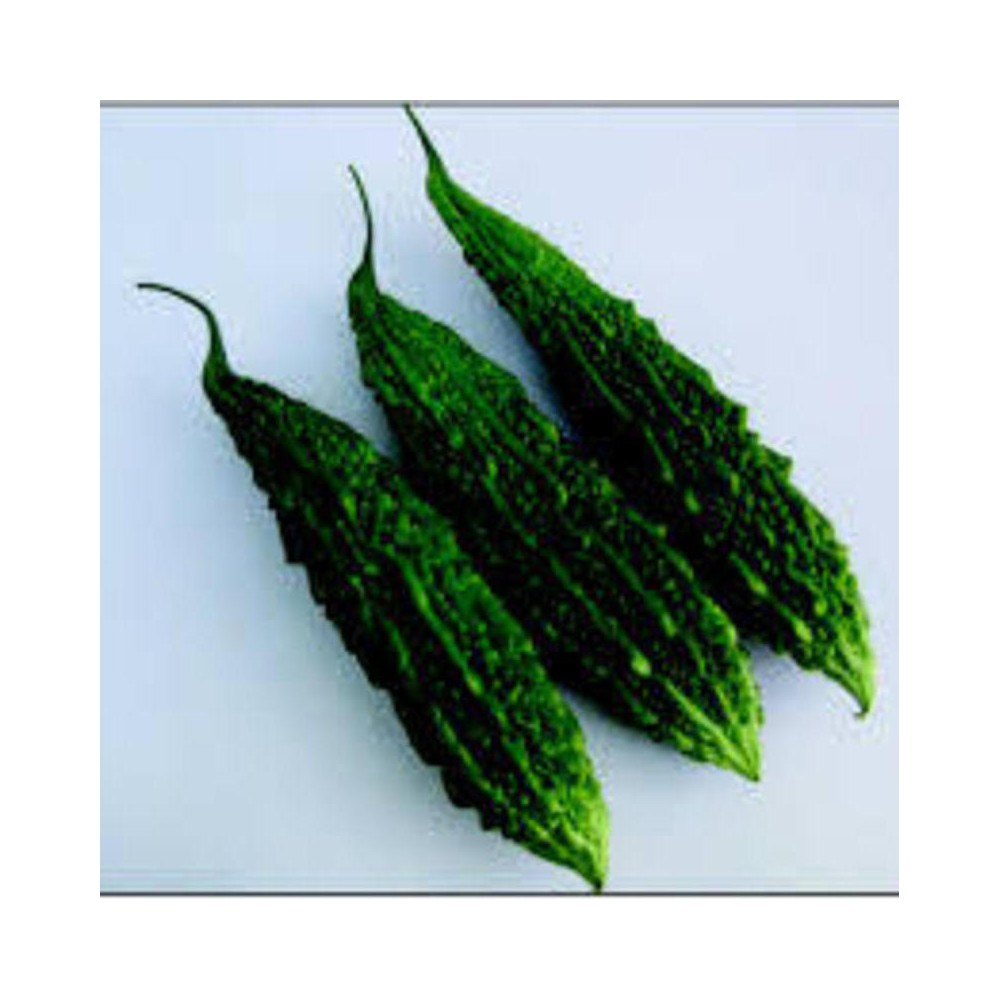



Bitter Gourd is a beautiful plant with deeply lobed leaves and eye-catching fruit that shifts from green to yellow to orange as it ripens. The taste is an acquired one for most people. It’s more bitter than an unripe grapefruit or very dark chocolate. For most individuals, the first taste is a mouth-puckering experience. But once you acquire the taste, don’t be surprised if you become addicted to this melon’s strong flavor.

Security policy visit http://nurserynature.com/content/10-security-policy

Shipping & Delivery Policy visit http://nurserynature.com/content/1-delivery

Cancellation & Refund Policy visit http://nurserynature.com/content/6-aeu-legal-revocation-terms
Bitter Gourd is a beautiful plant with deeply lobed leaves and eye-catching fruit that shifts from green to yellow to orange as it ripens. The taste is an acquired one for most people. It’s more bitter than an unripe grapefruit or very dark chocolate. For most individuals, the first taste is a mouth-puckering experience. But once you acquire the taste, don’t be surprised if you become addicted to this melon’s strong flavor.
Bitter Gourd Planting & Care
Soil should be fertile, but well-drained, with a pH of 5.5 to 6.7. Adding composted manure or compost to enrich soil results in good yields.
This plant thrives in heat and humidity, and as summer temperatures rise, vines grow quickly. Fruits have a tendency to rot on moist soil, so it’s best to trellis vines. You can do this on a fence or evenly spaced supports. Not only does trellising reduce disease outbreaks on fruit, it also makes harvesting easier. When planting along a fence, space seedlings 9 to 10 feet apart.
Trellised vines produce hanging fruit, which grows long and straight. If you don’t trellis vines, be sure to mulch soil beneath vines. Use loose mulch, like straw, which helps keep soil moist but won’t promote fruit rot.
For trellised vines, as stems reach the top of the support, remove the growing tip along with a few lower lateral branches. This pruning causes vines to branch near the growing tip. These upper branches will yield strongly. If you’re not trellising vines, prune vines when the first female flowers appear.
Keep soil consistently moist. Like other squash or melons, bitter melon fruits develop best when soil moisture remains even. If you worked compost into soil before planting, you can still add a slow-release vegetable fertilizer, like 14-14-14, at planting time. As plants grow, fertilize plants midway through the growing season,